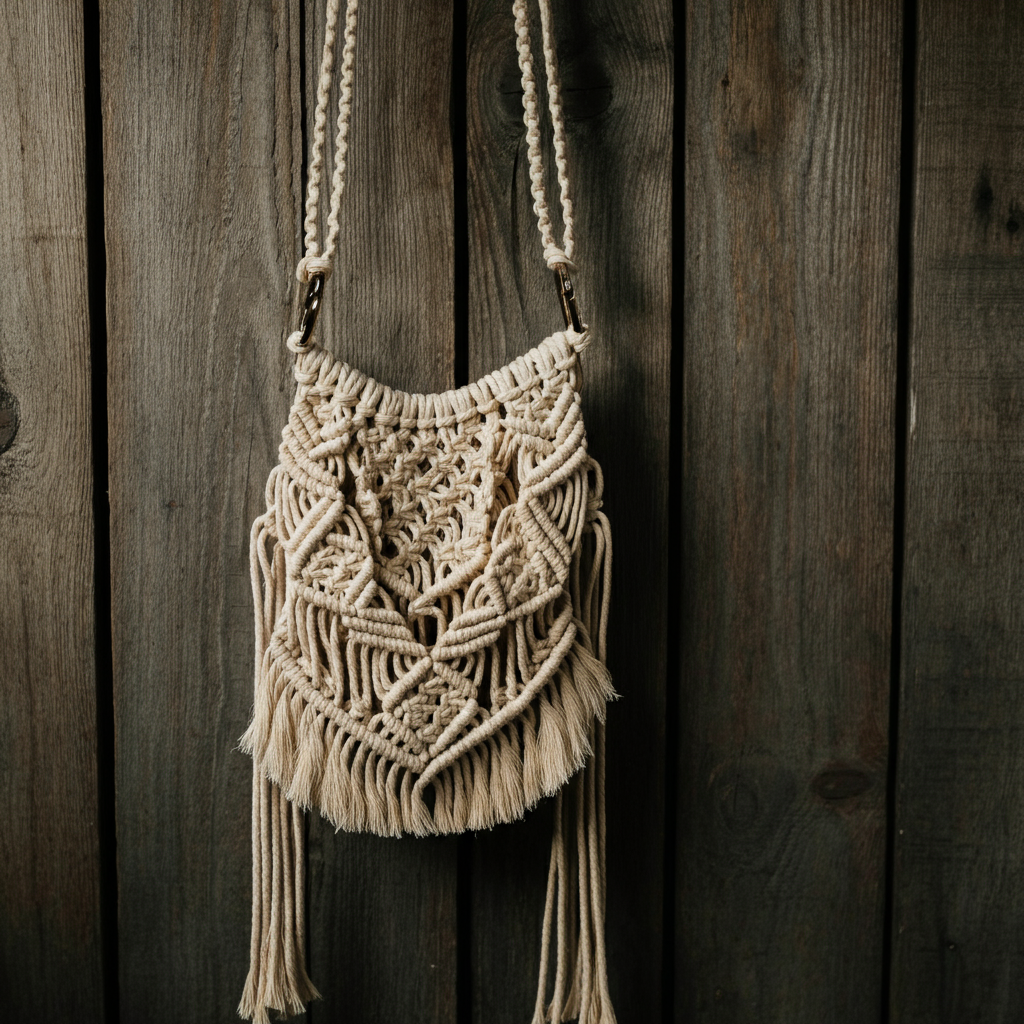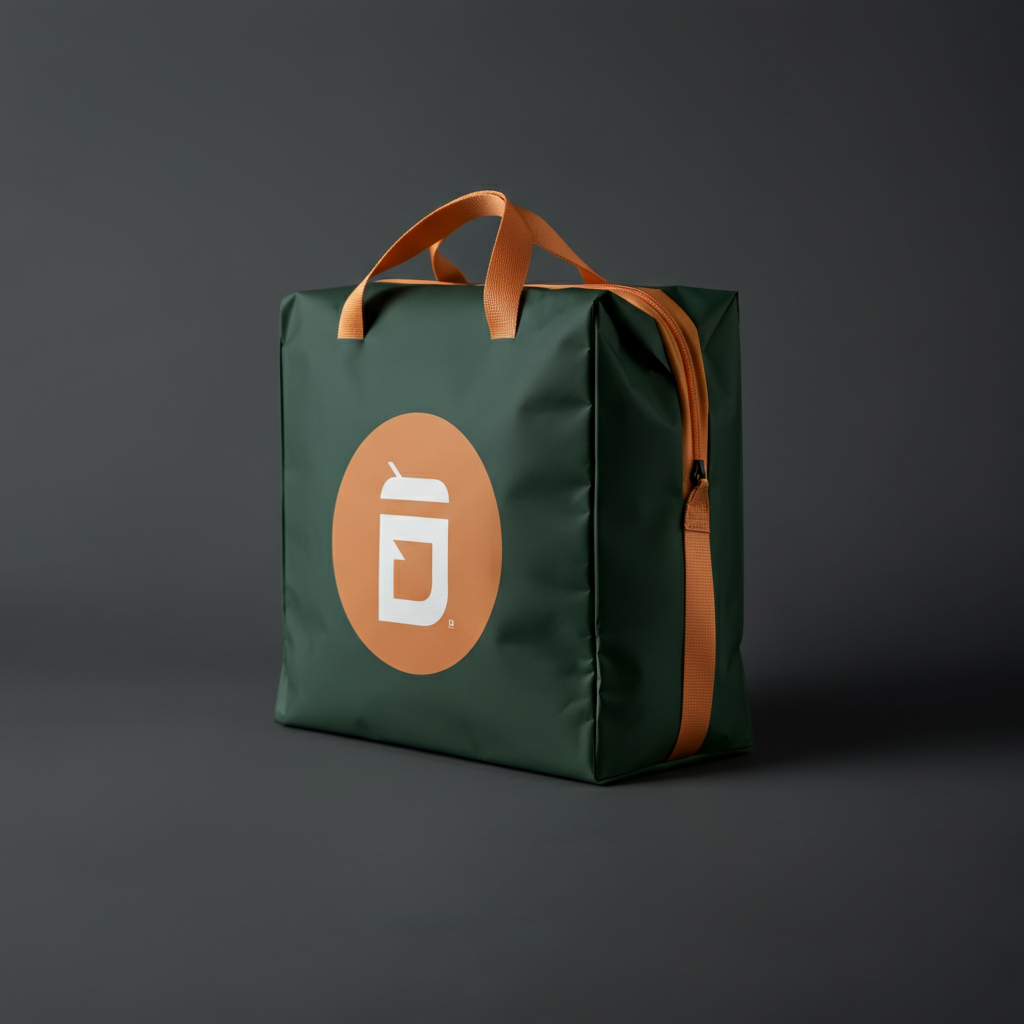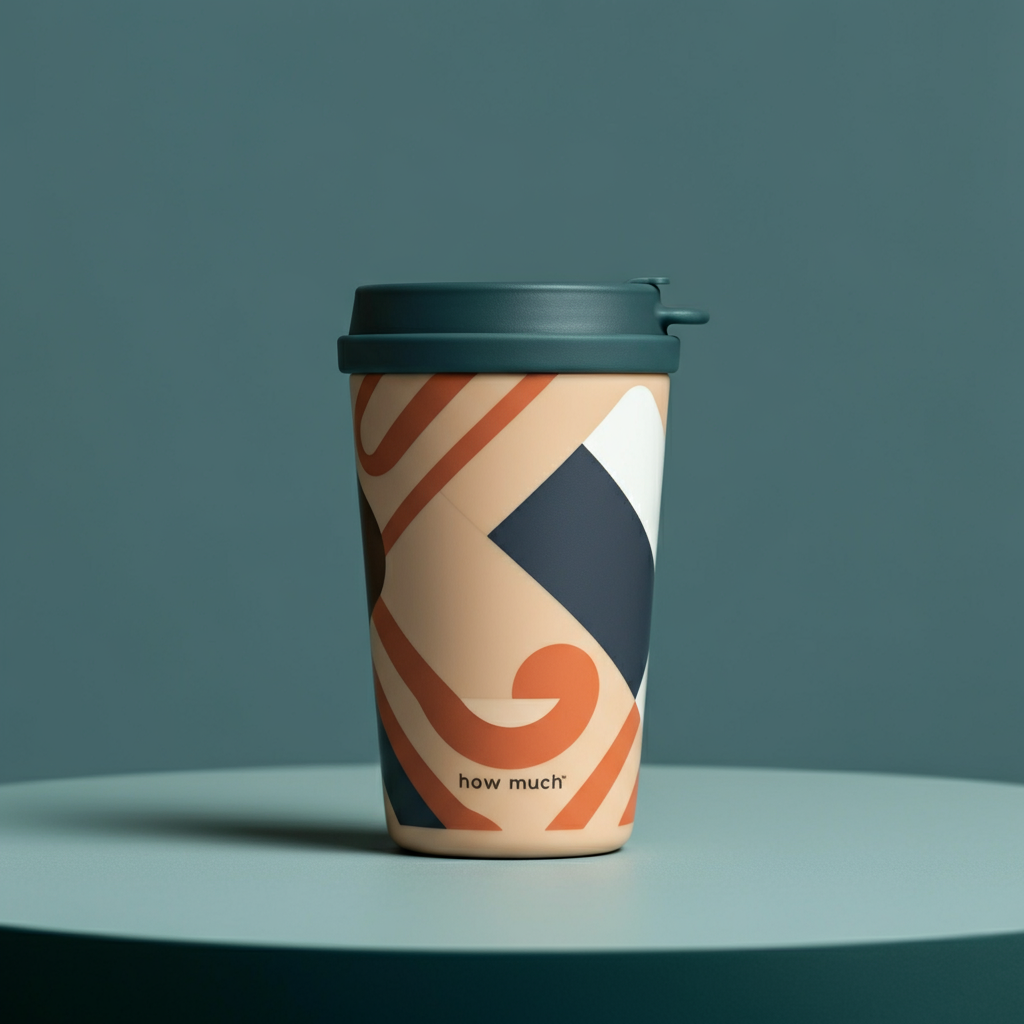The bond between humans and dogs has been long-standing and profound. Dogs are more than just pets; they are companions and beloved members of the family. This connection prompts many to extend their care beyond the basics, delving into the realm of canine accessories, particularly the all-important leash. Crafting or selecting a top-tier dog leash involves a series of nuanced considerations, with the quality of its leather components playing a pivotal role. As a leather craft enthusiast, a pet accessories DIY practitioner, or a dog gear manufacturer, comprehending the intricacies of leather for dog leashes is essential to provide the highest standards of comfort, durability, and functionality.
Leather as the Best Choice for Leash Material
Leather has been used for centuries as a material for various purposes, and not without reason. Its natural qualities make it ideal for crafting dog leashes that are both aesthetically pleasing and highly functional. Leather is resistant to wear and tear, making it perfect for outdoor use, even in harsh conditions. It also has a certain level of elasticity, which allows it to withstand pressure without breaking or losing its shape. Additionally, leather has a natural grip, making it easier to hold onto and control your dog while on walks.
However, not all leather is created equal when it comes to crafting dog leashes. The quality of the leather components used can significantly impact the overall quality of the leash. Here are some key factors to consider when selecting or crafting leather components for dog leashes:
Type of Leather: The type of leather used can greatly affect the strength, durability, and appearance of the leash. Full-grain leather is considered to be the highest quality as it retains the natural grain and characteristics of the hide. It is also more durable and resistant to stretching or tearing. Top-grain leather, on the other hand, is sanded and buffed to remove imperfections, but it may not be as strong as full-grain leather. Bonded or genuine leather has been treated with a polyurethane coating, making it less durable and prone to cracking.
Cut of Leather: The cut of the leather refers to how the hide is sliced into different layers. A single layer, also known as a full-grain cut, is the most durable and strong. It retains the natural grain of the leather and has minimal stretching or tearing. Split leather, on the other hand, refers to layers that have been split from the top layer and are less durable.
Type of Stitching: The type of stitching used to secure leather components together can greatly impact its durability and strength. Hand-stitching or saddle stitching is considered the strongest method as it involves two needles working together to create a secure stitch. Machine stitching may be faster but may not provide the same level of strength.
Hardware: The hardware used on a dog leash should also be carefully considered, particularly for leather components such as buckles, D-rings, and clips. These should be made of high-quality materials such as brass or stainless steel, which are both durable and resistant to rust.
By understanding these key factors, you can ensure that the leather components used for your dog leashes are of the highest quality. This not only guarantees a comfortable and safe walking experience for both you and your dog but also ensures the longevity of the leash.
Understanding Length and Measure in Leather Dog Leashes
Different Leash Lengths and Their Purposes
The very first variable to consider in a dog leash is its length. Each length has its purpose, be it the standard 6-foot for casual walking, a 4-foot for training, or a longer 10-foot line for canine sports. The selection of length conveys specific intentions, such as control, freedom, or obedience, dictating the kind of experience the dog owner is aiming for during a walk or training session. Longer lengths provide more freedom for the dog to roam and explore, while shorter lengths offer better control in busy or crowded areas.
Measuring for Comfort and Safety
Aside from length, measuring the diameter of the leash is also crucial. The general rule is that the larger the dog, the thicker the leash should be. This consideration ensures that there is enough material to support and control a larger and stronger dog. A thin leash may be suitable for small breeds, but it may not offer the same level of security and comfort for bigger dogs. Additionally, a thicker leash also allows for more comfortable handling, reducing the chances of rope burn or strain on the hands.
Types of Dog Leashes
Standard Leather Dog Leashes: Standard leather dog leashes are the most common and straightforward type. They typically feature a simple design with a loop handle at one end and a metal clasp at the other. These leashes are durable, versatile, and come in various lengths to suit different walking styles.
Braided Leather Leashes: Braided leather leashes add a touch of style to the traditional design. The leather is intricately woven or braided, providing both strength and a unique aesthetic. These leashes are not only functional but also visually appealing, making them a popular choice for pet owners who want a bit of flair in their accessories.
Adjustable Leather Dog Leashes: Adjustable leather leashes allow pet owners to change the length of the leash as needed. They often feature multiple attachment points or loops, enabling users to adjust the length based on the situation. This type of leash is versatile and suitable for various activities, from casual walks to more controlled training sessions.
Traffic Leather Leashes: Traffic leashes, also known as short leashes, are designed for close control in crowded or high-traffic areas. These leashes are shorter in length, allowing pet owners to keep their pets close and well-managed. Traffic leashes are convenient for quick walks or situations where a shorter leash is necessary.
Retractable Leather Dog Leashes: Retractable leather leashes offer adjustable length options with a retractable mechanism that allows pets more freedom to explore. They typically feature a locking system to control the leash's extension. While convenient for certain situations, pet owners should use retractable leashes cautiously to maintain control.
Hands-Free Leather Dog Leashes: Hands-free leashes are designed for active pet owners who want to keep their hands free during walks, jogs, or hikes. These leashes can be worn around the waist or over the shoulder, providing a hands-free experience while maintaining control over the pet. This type of leash is especially popular among runners and outdoor enthusiasts.
Coupler Leather Leashes: Coupler leashes are designed for owners of multiple dogs. They feature a single handle that splits into two or more leads, allowing pet owners to walk multiple dogs simultaneously. Coupler leashes help prevent tangling and make it easier to manage multiple pets on a walk.
Reflective or LED Leather Leashes: For pet owners who walk their dogs during low-light conditions, reflective or LED equipped leather leashes enhance visibility and safety. These leashes feature reflective materials or built-in LED lights to increase visibility and ensure that both the pet and owner are easily seen by others.
Fashionable Leather Leashes: Fashion-forward leather leashes cater to pet owners who want their furry companions to make a style statement. These leashes often feature unique designs, patterns, or colour combinations that align with the latest trends in pet fashion.
Training Leather Leashes: Training leashes are designed with features that aid in training sessions. They may have multiple attachment points, extra handles, or specific lengths to facilitate effective training and control. Training leashes are popular for obedience training and behaviour correction.
Pet owners can choose from this diverse range of leather leashes based on their preferences, the needs of their pets, and the specific activities they engage in. Whether it's for casual walks, training sessions, or fashionable outings, the variety of leather leashes available ensures that pet owners can find the perfect accessory for their furry friends.
Choosing the Right Leather for Your Dog Leash
Leather Varieties
Not all leathers are created equal, and discerning between different types is crucial. Full-grain leather, top-grain leather, or even natural vegetable-tanned leather all boast unique characteristics that cater to various needs and preferences. Whether it's for the supple feel of calfskin or the ruggedness of buffalo leather, each type serves a distinct purpose in canine gear.
Leather Quality
When investing in a leather leash, it's essential to consider not only the type of leather but also its quality. High-quality leather is durable and resilient, with minimal flaws or imperfections that can compromise its strength. On the other hand, low-quality leather may have visible blemishes or weaker areas that make it prone to tearing or fraying.
Tanning Processes
Apart from the type of leather, considering the tanning process is essential for choosing a high-quality and durable leash. Chrome tanned leather provides a more flexible and water-resistant option, while vegetable-tanned leather boasts all-natural qualities and develops a unique patina over time. Some leashes may also feature combination tanning methods to achieve specific properties.
Advantages of Leather Components in Canine Gear
Strength and Durability – A Leash for a Lifetime
The robust nature of leather makes it a go-to material for those seeking a long-lasting companion in their dog leash. Unlike nylon or fabric, leather endures the wear and tear of outdoor elements, maintaining its structural integrity over time. It is hard-wearing, standing up to regular use and wear, and boasts a longevity that outlasts many other materials. Quality leather develops a patina over time, which is not only a visual testament to its journey but also a unique selling point for pet accessory brands.
Comfort and Flexibility – A Leash that Adapts
Leather’s natural flexibility caters not only to the dog’s comfort but also to the handler’s ease of use. It softens with time, adapting to the individual grip of the walker. This comfort is invaluable for long walks or frequent use, preventing the chafing and discomfort often associated with synthetic materials.
Resistance to Weather - Leather is All-Season
From the sweltering heat of summer to the frigid chills of winter, leather proves to be a reliable material, unfazed by climate extremes. It doesn’t become brittle nor does it lose its suppleness, ensuring that it maintains its quality and usability year-round.
Tips for Leathercraft Hobbyists
Essential Tools and Techniques
In leather crafting, the right tools and techniques are as important as the quality of the leather itself. From skiving leather for a thinner profile to edge finishing for a polished look, mastering various skills will elevate the craftsmanship of the final product. Investing in high-quality tools and taking the time to practice different techniques can result in professional-looking leather dog leashes.
Suggestions for Sourcing High-Quality Leather Components
Finding the right leather for your dog leash is about more than just a trip to the local craft store. Seek out reputable tanneries or suppliers who can provide you with the highest quality materials that meet your specific needs, whether that's in bulk for a pet brand or a unique piece for a one-of-a-kind craft.
Collaboration with Dog Brands and Leash Producers
The Benefits of Leather Components for Branded Dog Leashes
For dog brands, incorporating authentic leather into their products adds value. It positions the brand as a provider of premium goods, appealing to a market segment that prioritizes quality and is often willing to pay a premium for it. Leather components can elevate the overall aesthetic and functionality of a dog leash, making it stand out in a saturated market.
Opportunities for Collaboration
Leather manufacturers and pet accessories brands have a mutual stake in producing high-quality leather products. Collaboration can lead to innovative designs, as well as a shared market that benefits from the expertise and resources of each party. Whether through joint product launches or exclusive partnerships, there are endless opportunities for collaboration between the leather and pet industries.
Conclusion
The art and science of crafting or selecting a dog leash with high-quality leather are as intricate as the bond shared between dog and owner. Prioritizing the right leather for canine gear can redefine the pet accessory industry, offering pets and their human companions a luxurious, durable, and personal touch to their daily adventures. From the crafting table to the pet shop aisle, let's forge ahead with a commitment to excellence, ensuring every dog leash tells a story of craftsmanship and quality.
In the world of canine accessories, the leash serves as both a functional tool and a style statement. By understanding the impact of leather in our furry friends' lives, we open doors to innovation, collaboration, and the satisfaction of delivering top-shelf products to those who treasure their pets. As leather enthusiasts, let's cinch our leashes with pride, knowing that each stitch, cut, and patina we create helps enhance the bond between dogs and their beloved human friends.




